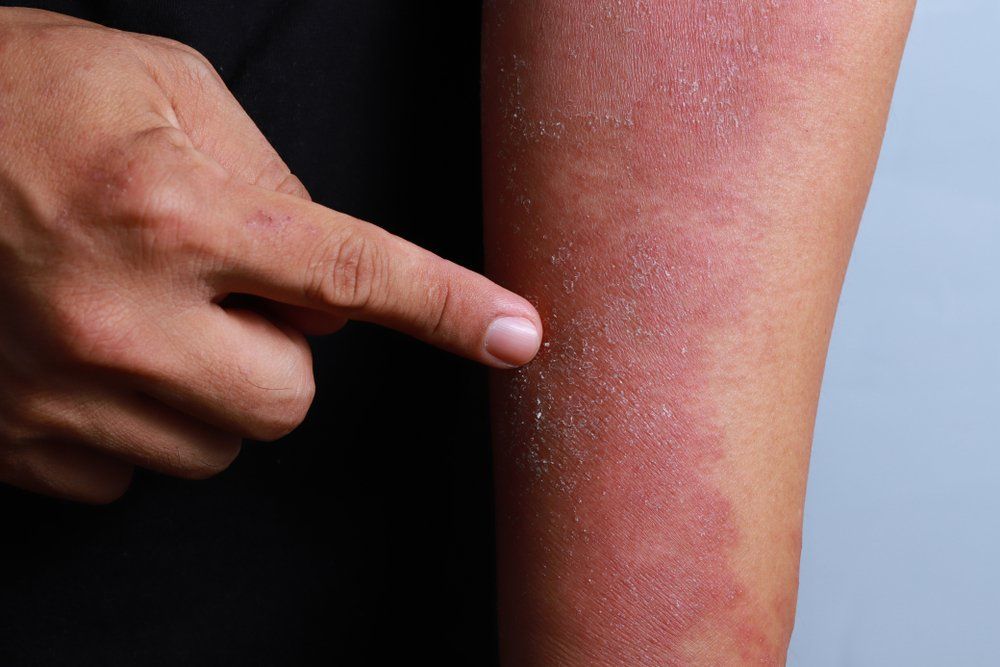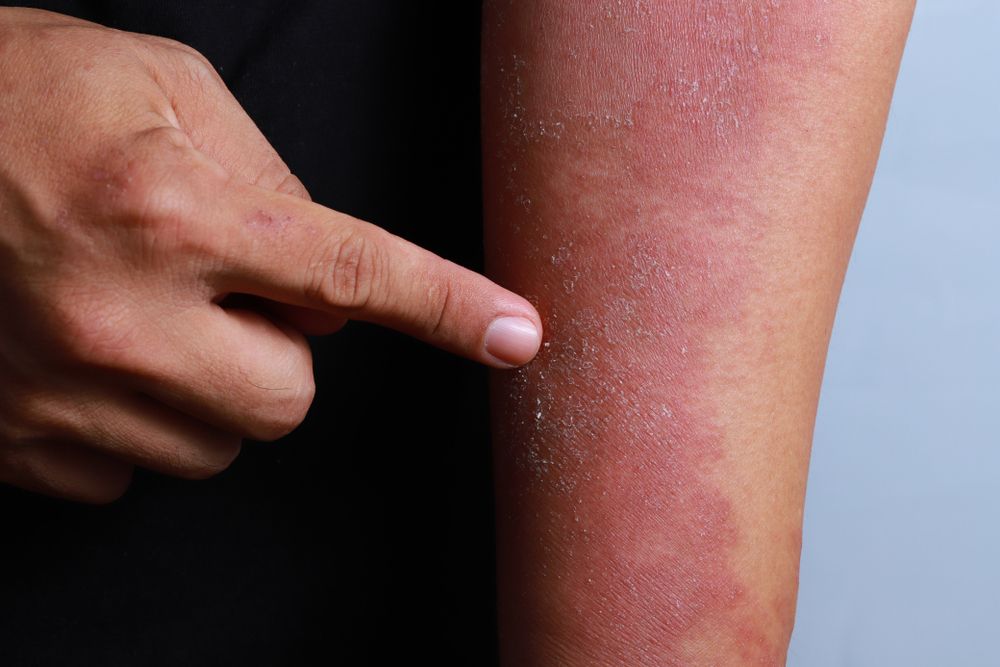- Case-Based Roundtable
- General Dermatology
- Eczema
- Chronic Hand Eczema
- Alopecia
- Aesthetics
- Vitiligo
- COVID-19
- Actinic Keratosis
- Precision Medicine and Biologics
- Rare Disease
- Wound Care
- Rosacea
- Psoriasis
- Psoriatic Arthritis
- Atopic Dermatitis
- Melasma
- NP and PA
- Skin Cancer
- Hidradenitis Suppurativa
- Drug Watch
- Pigmentary Disorders
- Acne
- Pediatric Dermatology
- Practice Management
- Prurigo Nodularis
- Buy-and-Bill
Publication
Article
Dermatology Times
Genetic factors unique to itch
Author(s):
Mapping the human genome for chronic itch holds the potential to develop targeted therapy for atopic dermatitis and psoriasis itch, a study shows.
Mapping the human genome for chronic itch holds the potential to develop targeted therapies for atopic dermatitis and psoriasis itch, shows a study.
“These are the genetic factors involved in itch for atopic eczema and psoriasis,” says principal investigator Gil Yosipovitch, M.D., of the University of Miami Miller School of Medicine, Florida. “These genetic factors are unique to itch. The itch transcriptome also follows with some immunohistochemistry (IHC) to show what are the most important factors involved in and correlated to itch severity.”
Dr. Yosipovitch was inspired to undertake the study based on animal models. “There was no study on the genes involved in itch in humans, specifically chronic itch in the skin. The transitional aspect of our study is significantly important because this is real life genes versus genes found in animal studies," he said
The study, which appears in the Journal of Investigative Dermatology, used RNA sequencing to analyze the complete transcriptome in skin. Paired itchy/lesional and non-itchy/nonlesional skin biopsies from 25 patients with atopic dermatitis and 25 patients with psoriasis had their biopsies matched with 30 healthy controls.
The analysis identified 18,000 differentially expressed genes that were common in itchy atopic and itchy psoriatic skin, of which nearly 2,000 of these genes were differentially expressed in itchy and non-itchy skin.
The study identifies the most important targets related to itch for treatment of both atopic dermatitis and psoriasis. The common targets are also detected because there are several areas where there is overexpression of genes that are reflective of both diseases.
“In addition, the study provides important information that allows drug companies to validate that the drugs they are developing make sense in treating chronic itch of different types,” Dr. Yosipovitch tells Dermatology Times.
For example, cytokine IL-31 is the cytokine that has been coined the itch cytokine. “Nemolizumab by Galderma is an IL-31 receptor antibody in clinical trials for atopic eczema that blocks that receptor,” Dr. Yosipovitch says. “But our study shows that IL-31 also plays a key role in itch in psoriasis. This is a surprising finding.”
Likewise, IL-17A is the target of ixekizumab and secukinumab in clinical practice to treat psoriasis. “But that cytokine has also been shown to be associated with itch in both diseases,” Dr. Yosipovitch says.
Neurokinin 1, the receptor for substance P, was also highly expressed in both diseases and correlated to itch. This receptor is the target for two new drugs in phase 2 development for itch: serlopitant and tradipitant.
Similarly, the protease tryptase, which was previously thought to be associated with atopic dermatitis, appears to be involved with psoriasis, too.
The study also found that phospholipase A2, which is a precursor for prostaglandins and highly abundant in the skin, was strongly linked to itch for both conditions.
Based on the study’s findings, Dr. Yosipovitch says it is too early for clinicians to change their practice habits, as the majority of the drugs targeting these itch mediators are not yet in the market. “However, the study provides proof on the genetic level that antihistamines targeting the histamine receptor 1, which have commonly been used by physicians for decades, have no utility in treating itch of both diseases, as this receptor has not been overexpressed in itchy skin,” he said.
The study also detected the importance of transient receptor potential (TRP) channels and the sodium ion channel Nav 1.7 in itch for both diseases. “Interestingly, the TRP cation channel subfamily M member 8 (TRPM8) channel, which is the receptor for the cooling agent menthol, is overexpressed in psoriatic itching,” Dr. Yosipovitch says. “Therefore, most patients that have psoriasis with itch will not be helped by over-the-counter topical cooling agents such as menthol that are often prescribed by dermatologists for itch of different types.”
The study is relevant to companies developing therapy. It is also helpful to clinicians in understanding that some drugs now in development may have a yield beyond just one disease, such as other types of chronic itch like prurigo nodularis, where the common pathway is neurokinin 1 or the kappa opioid receptors in the nerves.
The study enrolled mainly Caucasians and Asians. “There have been reports that there are differences in genetic perception between ethnic groups,” Dr. Yosipovitch says. “Our patient population is too small, though, to provide a meaningful conclusion about the differences among ethnicities.”
DISCLOSURES
The study was funded by the LEO Foundation in Denmark. Dr. Yosipovitch has served as a consultant or advisory board member to Galderma, Menlo, Trevi, Sanofi, Novartis and Eli Lilly.
REFERENCE
Nattkemper LA, Tey HL, Valdes-Rodriguez V, et al. “The Genetics of Chronic Itch: Gene Expression in the Skin of Patients with Atopic Dermatitis and Psoriasis with Severe Itch,” Journal of Investigative Dermatology, 138, 1311-1317, 2018. DOI:10.1016/j.jid.2017.12.029







